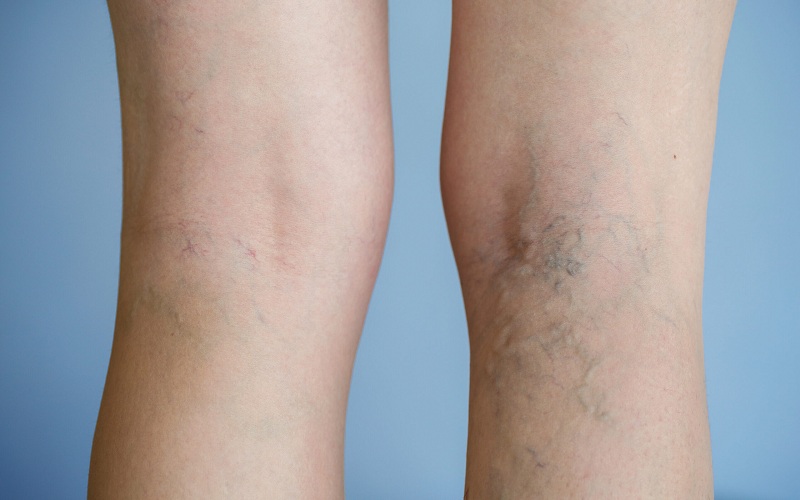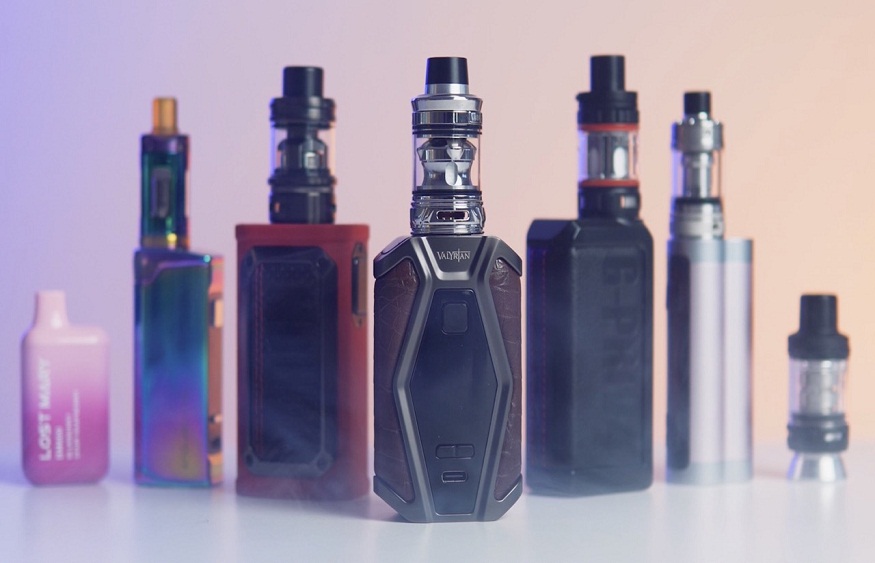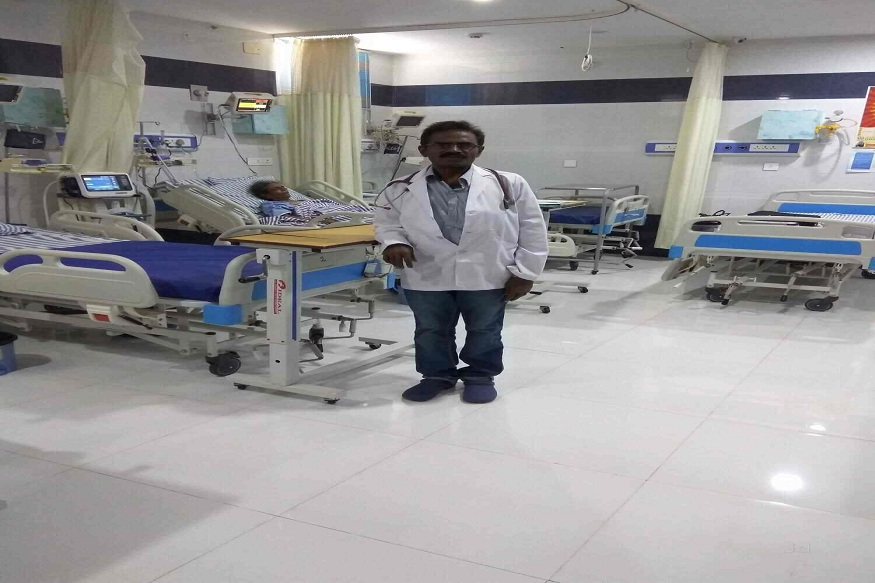The rupture of the rotator cuff corresponds to the achievement of one or more tendons at the level of the shoulder. This page allows you to discover precisely this injury, what are the causes and aggravating factors of this pathology of the shoulder, how the symptoms manifest themselves, and how the diagnosis is made.
Definition of rotator cuff tear
By definition, the rupture of the rotator cuff designates the attack of one or more tendons of the shoulder. The rotator cuff designates a set of 4 tendons of the shoulder, namely the teres minor, the infraspinatus, the supraspinatus, and the subscapularis. These tendons are located precisely at the level of the head of the arm bone (humerus) and cover it, hence the name “cap”. Since the tendons are the terminal parts of the muscles, their role is essential in the mobility of the shoulder: elevation, rotation, etc. When these specific tendons disintegrate from the head of the humerus, we therefore speak of rupture or tendonitis of the rotator cuff. This disintegration can be partial or total. In the majority of cases, it is a partial rupture involving the supraspinatus tendon,
The importance of the rupture of a shoulder tendon is judged in relation to the retraction of the tendon. We speak of a small rupture when the retraction is less than 2 cm. Rotator cuff tendonitis is said to be intermediate or medium when there is a retraction of 2 to 3 cm. Beyond that, it is qualified as large or major and it may be irreparable. This shoulder pathology also results in misplacement of the bones, with abnormal spacing of the acromion from the head of the humerus.
A primary cause of rotator cuff tear is the natural wear and tear of tendons with age. Figures show that the rupture of the shoulder tendon affects 20% of people over 65 and 50% of people over 80.
An anatomy of the shoulder favoring natural wear.
To cause tendonitis of the rotator cuff, this wearing down of a tendon in the shoulder is often associated with trauma. It can be a major trauma following a fall or an intense effort of the shoulder (most frequent cases in the youngest). We then speak of a traumatic rupture. Sometimes, the rupture of the rotator cuff occurs following a simple and innocuous gesture or a false movement (more common case in people over 50).
Rupture of the rotator cuff: symptoms
When it follows a major trauma, tendinitis of the rotator cuff is painful. The pain is particularly localized at the level of the shoulder stump, and can also be associated with cracking sounds when performing certain gestures. Functional impotence is also one of the symptoms of a ruptured shoulder tendon. In addition to the pain, the affected person is indeed limited in the mobility of his shoulder, notices a loss of strength, and an abnormal stiffness of the shoulder. In case of significant loss of mobility, it is called pseudo-paralysis.
In the case of a trophic rupture of the rotator cuff, the symptoms are more discreet. Above all, there is a disorder of the shoulder function which results in a limitation of movement.
Moreover, even if the mobility of the shoulder can return naturally after several weeks, the pain remains. In any case, it is recommended to consult a specialist as soon as the first symptoms appear to avoid any aggravation such as an irreparable rupture of the shoulder tendon.
Rupture of the rotator cuff: diagnosis
During the clinical examination, the doctor takes stock with the patient of the possible trauma and the symptoms: presence or absence of pain, cracks, etc. Shoulder mobility is also assessed through various exercises, for example by performing a lateral arm raise. Rotator cuff tendonitis is suspected in the following 3 cases:
In order to confirm the diagnosis of a rupture of the rotator cuff, imaging examinations are systematically carried out. They also help to clarify the diagnosis. For this, the patient’s shoulder is visualized from the front and from the side. On the one hand, radiography allows for example to visualize the space between the head of the humerus and the acromion. On the other hand, ultrasound makes it possible to observe the tendons, and to confirm or not a rupture of a tendon of the shoulder.
Potential additional examinations
If the previous examinations have confirmed rotator cuff tendonitis, the patient will be subject to a final assessment: the arthro-scanner. A special product is injected into the patient’s shoulder to highlight the tendons and specify the pathology: identification of the number of tendons affected, measurement of their retraction, etc.





